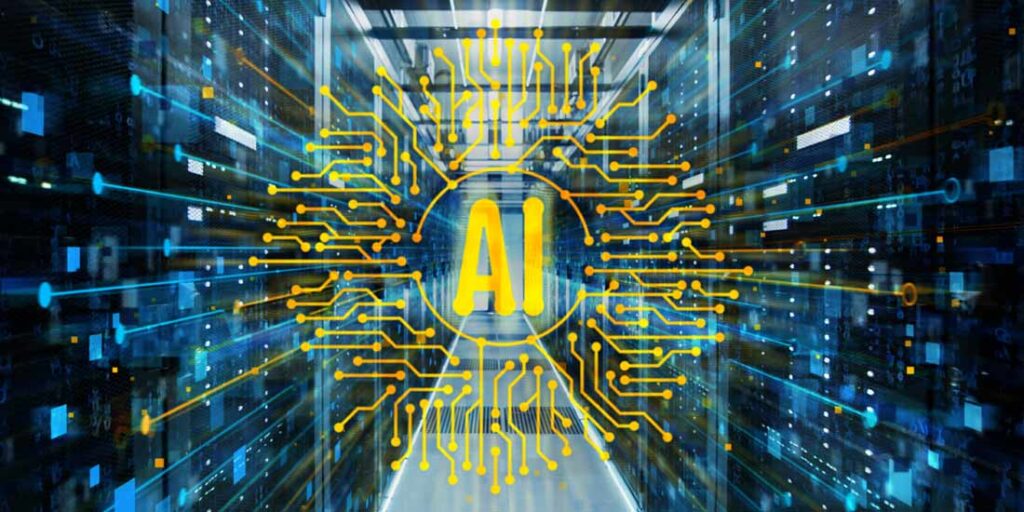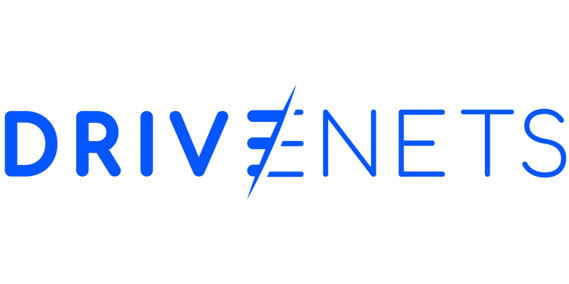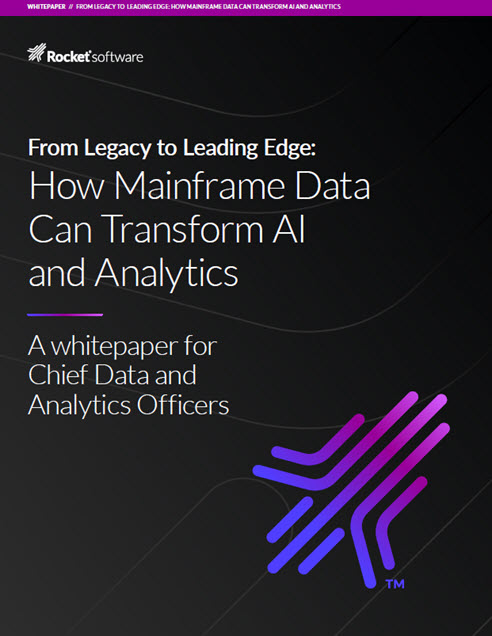The power grid is aging and can no longer keep up with consumers’ needs. Without adequate intervention, blackouts will soon become a regular occurrence. Could artificial intelligence be the key to fixing the country’s supply and demand woes?
Why the Energy Supply Isn’t Enough to Meet Demand
The energy grid in the United States is dated. Much of it was built in the 1960s and hasn’t been updated significantly since then. Today, about 70% of transmission lines are around three decades old. While aging infrastructure is a problem in itself, it’s not the main issue. The country’s recent and steep uptick in digitalization is likely the culprit.
Many people are incorporating smart technologies into their homes or installing permanent chargers for their electric vehicles. Even more regularly use televisions, phones, computers and consoles. As society advances, a widespread transition from analog to digital processes is to be expected. However, grid operators are struggling to keep up.
The U.S. went from landlines and box TVs to smartphones and flatscreens too quickly. In the span of a few decades, energy infrastructure that was meant to last a lifetime became inadequate. Under normal circumstances, the average household’s reliance on digitalization would be enough to impact the power supply. Unfortunately, it isn’t the only factor at play.
Why Grid Operators Need AI’s Help
Industrial facilities like large-scale data centers and manufacturing plants are cropping up nationwide — and entire states now face impending electricity shortages. Georgia has a record high projection of electricity use that is now 17 times higher than it used to be because of places like these.
According to one estimate, data centers alone will need approximately 47 gigawatts of power capacity through 2030. To put that figure into perspective, the average nuclear reactor produces 1 gigawatt of power. There are 54 power plants in the country — barely enough to cover the baseline consumption of these facilities.
In 2022, a typical U.S. household experienced 1.4 power outages that lasted 5.6 hours. In some states, people went almost 20 hours on average without electricity. If things continue unchanged, with digitalization accelerating unchecked, unexpected and rolling blackouts will likely become much more frequent.
The grid is complex and massive, so manual processing and analysis are out of the question. Even if someone had all the information needed to generate insights and make predictions, their findings would be irrelevant by the time they finished. This is where AI comes in — it can outpace any human and automate most essential tasks.
4 Ways AI Can Align the Grid With Consumer Demand
AI can help supplement the energy supply and accommodate demand in four major ways.
- Identify Optimization Opportunities – AI enables data-driven insights, allowing decision-makers to identify optimization opportunities. For example, a model can use sun intensity, cloud cover and weather information to predict where solar panels will generate the most power. Cities can use these findings to maximize their grid strain reduction or appeal to the federal government for infrastructure aid. While grid upgrades can be costly, taxpayers don’t have to be stuck with the bill. For example, since refurbished transformers are significantly cheaper than new ones — and have substantially faster lead times — they’re cost-effective solutions. With the help of AI, grid operators can analyze like-new equipment in real time to optimize performance.
- Forecast Power Outages – A machine learning model can use real-time and historical data on weather, geography and past outages to determine when the next one will occur. This way, the city can prevent them while also expediting incident response. The algorithm can detect a blackout and relay emergency backup power.
- Predict Energy Consumption Rates – Grid operators run complex mathematical calculations multiple times daily to predict tomorrow’s energy demand. It’s as tedious as it sounds. Fortunately, research shows machine learning models can complete these computations 12 times faster, shortening the timeline from 10 minutes to 1 minute — adding up to be a substantial time-saver. If decision-makers can source electricity use data on a household level, advanced AI can analyze it within minutes. This way, they can anticipate how much power people will use, enabling them to prepare accordingly for surges or dips in demand. Whether they bring in renewables, set up batteries or schedule rolling blackouts, they’ll be prepared.
- Facilitate Peer-to-Peer Trading – An AI designed for end users can facilitate peer-to-peer energy trading by predicting costs and electricity availability. Alternatively, they can use it as a chatbot. Either way, when people notice a rise in price per kilowatt-hour, they’ll feel inclined to sell their excess back to the grid — helping operators supplement their supply to better meet demand.
AI Could Permanently Transform the Power Grid
Plenty of publications are focused on discussing how internet-connected technologies could revolutionize the country’s energy infrastructure. While they’re not wrong, they’re missing the bigger picture — the next step isn’t the “smart grid” but the “autonomous grid.” If AI catches on, it could permanently change how people use, exchange and sell electricity.
About the Author

Ellie Gabel is a freelance writer who is passionate about covering the latest innovations in science and technology and how they’re impacting the world we live and work in. When she’s not busy writing, you can find her spending quality time with her husband and their cats.
Sign up for the free insideAI News newsletter.
Join us on Twitter: https://twitter.com/InsideBigData1
Join us on LinkedIn: https://www.linkedin.com/company/insideainews/
Join us on Facebook: https://www.facebook.com/insideAINEWSNOW




